Higher and higher
Interwar aviation wasn't just biplanes and silver wings. A lot of valuable research took place under the guise of competition. Aviation was new; it was a prestige activity and the boost to national morale and pride of an aviation success was significant. Any nation which could build aircraft could join the competition and there were umpteen categories. Some such as distance were more open but others like altitude required more effort and resources.
There were also benefits beyond national pride. There was important scientific and technical information to derived from such flights and aviation establishments were keen to be involved. The altitude competition was particularly keen with the main players being the British and Italians. The British were actually latecomers to this race but in the 1930s began to see that they were falling behind. The Bristol Aviation company was commissioned to produce a high altitude research aircraft. Initial plans called for a retractable undercarriage but this was dropped in favour of a fixed (and therefore lighter) assembly. The new aircraft was constructed from lightweight materials such as plywood and aluminum and powered by a Bristol Pegasus VI supercharged engine.
It wasn't only the aircraft that was different, the pilot needed a totally enclosed multi-layered pressure with oxygen supply suit to be able to withstand the high altitudes. A dagger was included as a standard fitment for the pilot to cut open the suit in emergencies and one of the pilots (Sqn Ldr Swain) actually used it after a record flight. These flights were dangerous with physical exhaustion being a constant threat. In fact the British abandoned the quest for the record after the canopy cracked on the final record flight. The pilot was protected by his suit and was able to land safely but getting higher and higher was no longer judged worth it and the follow up aircraft - the Bristol 138B was abandoned.
Only one Bristol 138A was ever built and it's not an aircraft one expects to see an injection molded kit of but there is one out there. The long defunct FROG did a series of British aviation pioneers and included the Bristol 138A in the range. Like all FROG kits it is simple in detail but accurate in outline but it is one I wanted to build. The FROG version is of the record breaking flights with supercharged Pegasus VI engine and four bladed propeller. I wanted to build the earlier iteration with unsupercharged Pegasus IV engine and three bladed propeller used for pre-record breaking test flights.
This is a conversion. A new cowling is needed and a Wapiti type collector ring. The original kit engine is not up to todays standards and should be replaced no matter which version one does. The Radial Engines and Wheels Pegasus works well for both iterations.
I deleted the supercharger pipework and detailed the radiator. The cockpit needed to be scratch built and here one has to rely on drawings as photos are rather thin on the ground. The kit cowling also needs to be replaced being too short in chord. I commissioned a 3D printed replacement and did the same for the collector ring. Exhuast pipes were repurposed from the Quickboost Wellington sets (a superb resource for accurately shaped Bristol engine accessories). The three bladed propeller was a difficult task with the eventual modification of a redundant Matchbox Wellesley part. I also replaced the kit wheels which once again were appropriate for the record breaking iteration.
I also paid close attention to pitot tube arrangements. These varied significantly over the life of the aircraft and study of photos is essential. The particular pitot tube I needed was scratch built. Colour scheme was simple for the pre-supercharger version; overall silver dope and polished aluminum front panels. The silver dope is Tamiya enamel X-11 semi-gloss varnished. The polished aluminum panels are Bare Metal Foil ultra-bright chrome. Decals are all Modeldecal and thankfully the three bladed iteration didn't carry stencilling. The kit decals are not really usable.
This was a fun project. It really is a massive aircraft and looks extremely impressive next to even twin engined aircraft. The outline is accurate and despite the extra detail it is a simple build. The engine and cowling do need replacing as do the decals. There was a decal set (Rising Decals 72045) available for the later four bladed iteration with all the stencilling but it's out of production and difficult to find. These kits are still available and normally aren't that expensive. They build up into an impressive replica of an important but little known research aircraft.
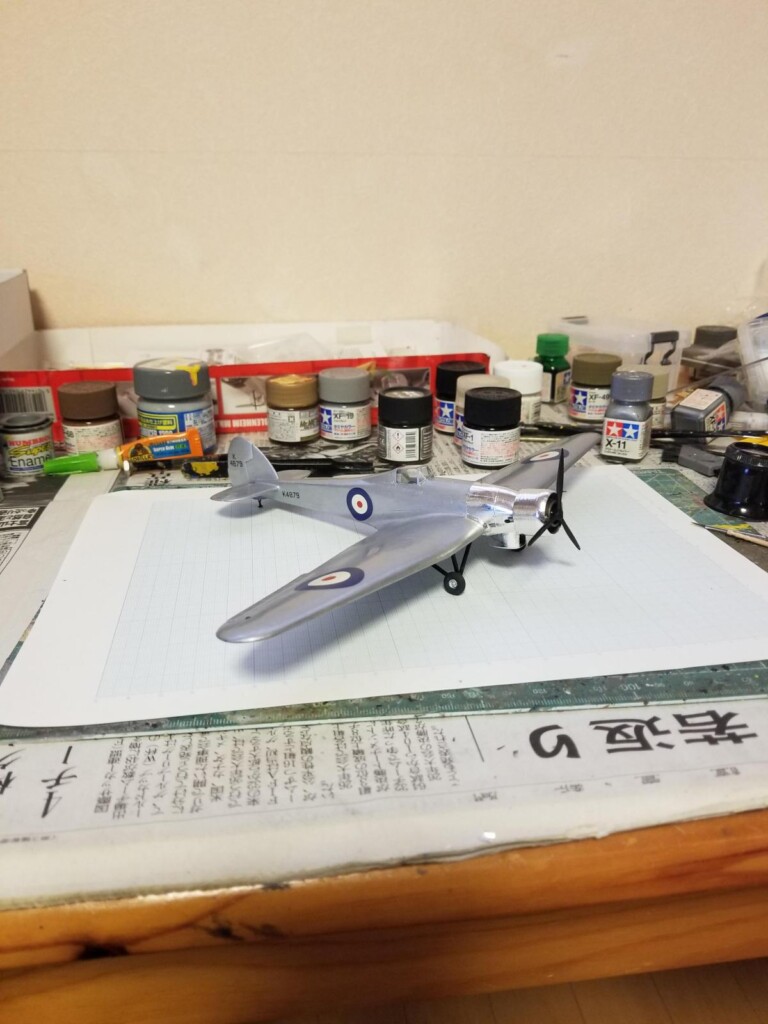
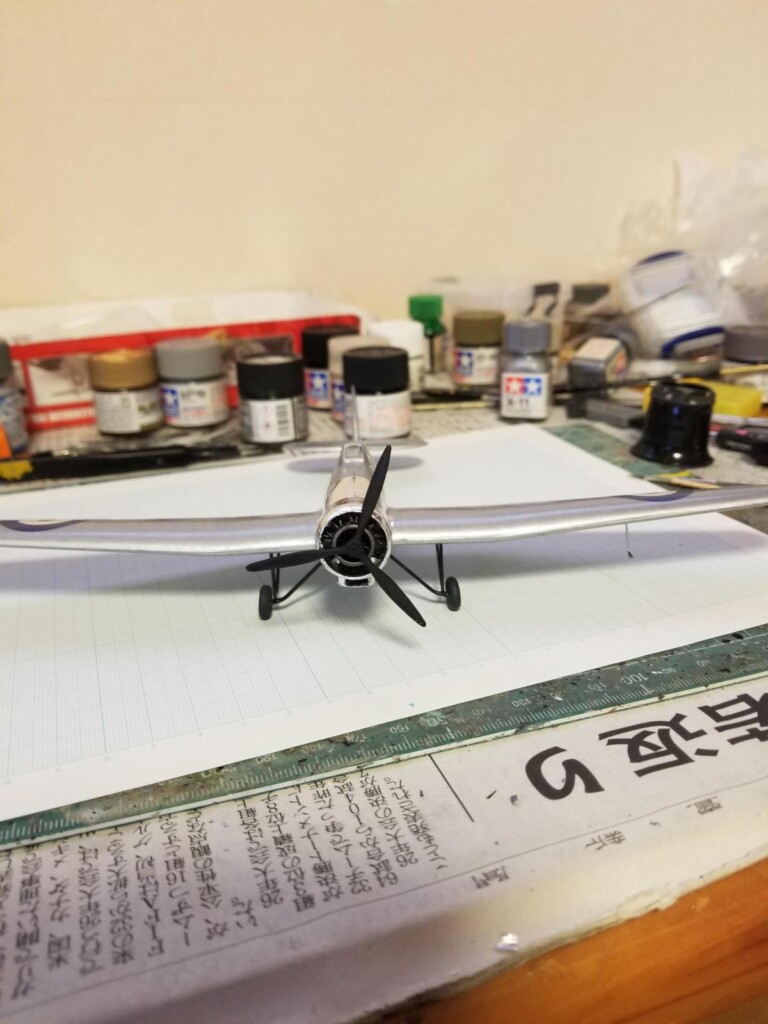
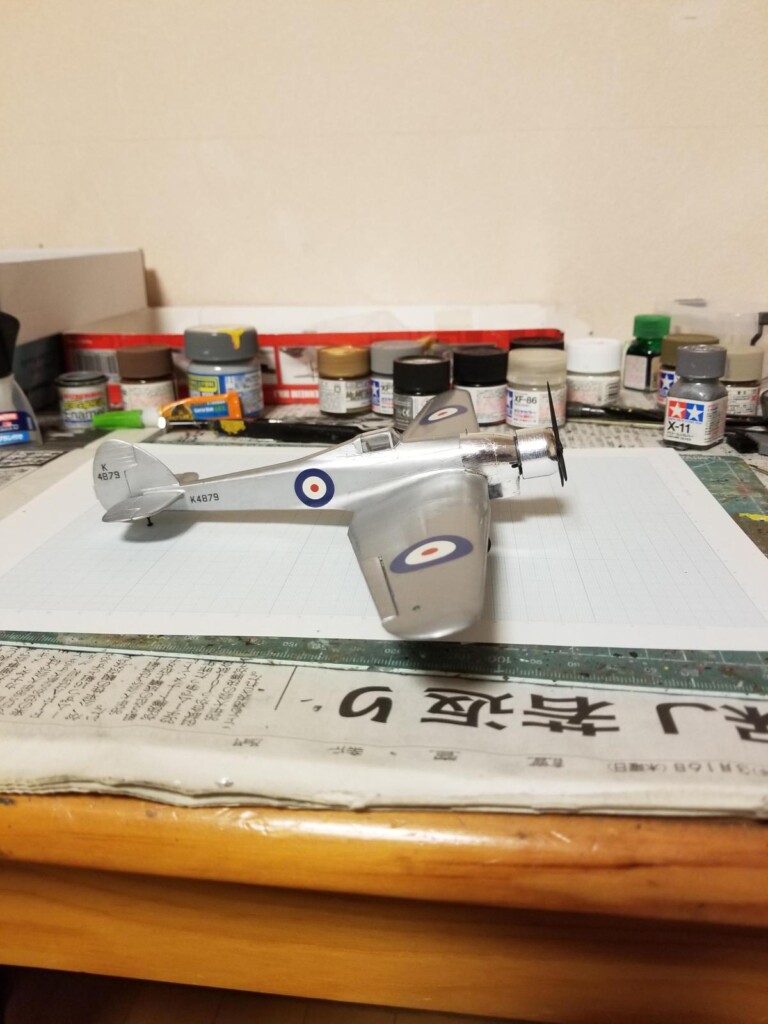
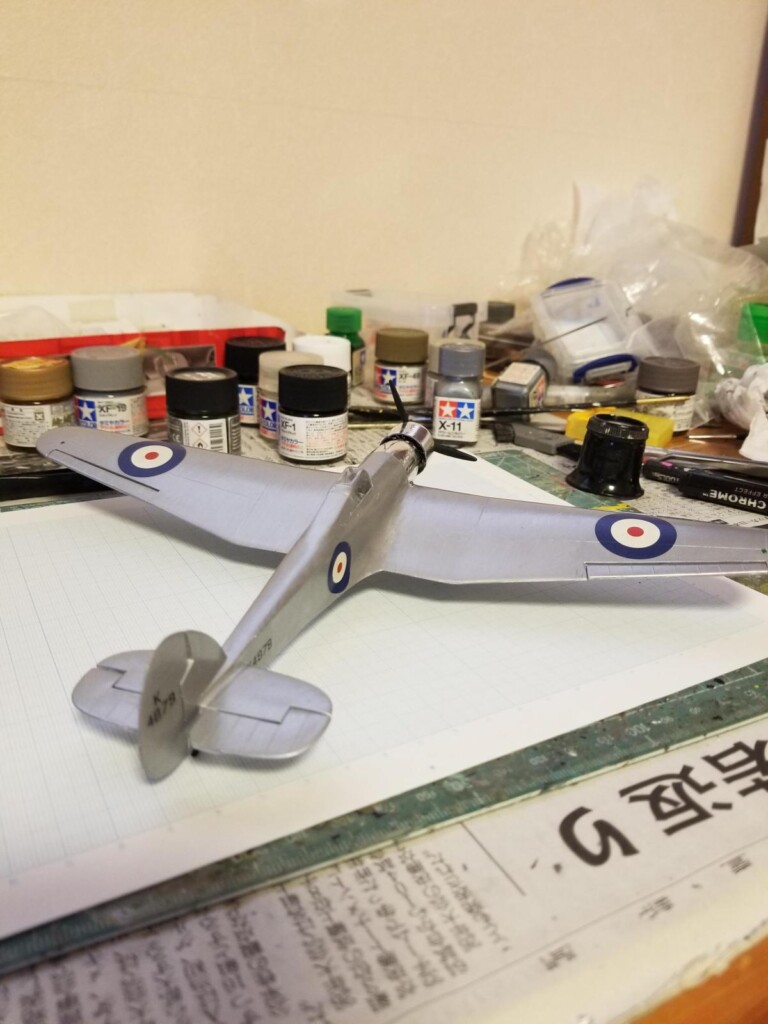
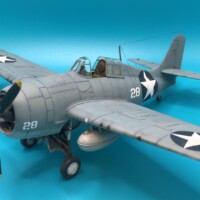

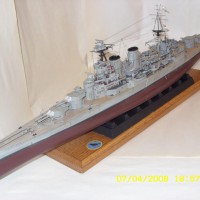
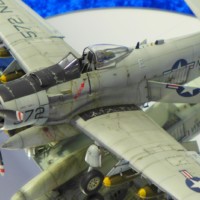
This is a wonderful result, Christopher! Quite a lot of quality work, not only to detail various plain areas of the basic FROG kit, but also to backdate the model to the pre-supercharged version. The final result speaks for itself, really impressive!
Many, many thanks for the generous comment Spiros - the kit is old but it is workable. I really enjoyed doing it.
You really got a fantastic result out of this kit, Christopher @christopher
All the attention you put into this build clearly improved the looks.
Hi John - that really is a kind comment. It was a very enjoyable build and an interesting result.
Wow, I saw that kit many many many moons ago, but never knew that much about the airplane. Thanks for the history. Your result is very impresssive.
Hi Tom - I remember it from when I was young as well but never thought I'd actually build it. Thanks so much for the kind comments.
Super nice job on this old Frog kit. It looks great!
Many thanks Bob - you're very kind.
The origin of this aircraft is interesting, Christopher, and your painstaking research and attention to detail have resulted in a very accurate model of this important piece of aviation history.
Hi George - thanks so much for the kind comments. I enjoy the research and I do try to make models as accurate as I can. It's really nice when people comment on the research.
Nice work, Christopher. You don’t even see that kit at swap meets anymore.
Hi John - I didn't know that. I thought it was still reasonably available. Thanks for the kind comments though.
An interesting part of aviation history, and a very cool project. The model looks great!
The altitude competition was fascinating and was eventually won by a biplane of all things. Thanks very much for the kind comments.
Very impressive build and interesting story. One we don't see every day!
Many thanks for the kind comments Chas - they're much appreciated.
Very interesting subject… nice to see something out of the ordinary . Very cool. Nice work on this kit.
Many thanks Jay - it's a fun project and a nice introduction to 3D modelling as well.